While the Nvidia GeForce RTX 5090 reigns supreme in the graphics card market, its hefty price tag of $1,999+ puts it out of reach for many. But fear not, 4K gaming enthusiasts! You don't need the top-tier card to enjoy stunning visuals. The Nvidia GeForce RTX 5070 Ti and the AMD Radeon RX 9070 XT offer a more budget-friendly alternative while still delivering an impressive 4K gaming experience.
Although the initial prices of these cards are currently inflated due to high demand and limited supply post-launch, the RTX 5070 Ti and RX 9070 XT are your best bets for a high-end gaming setup.
AMD Radeon RX 9070 XT – Photos

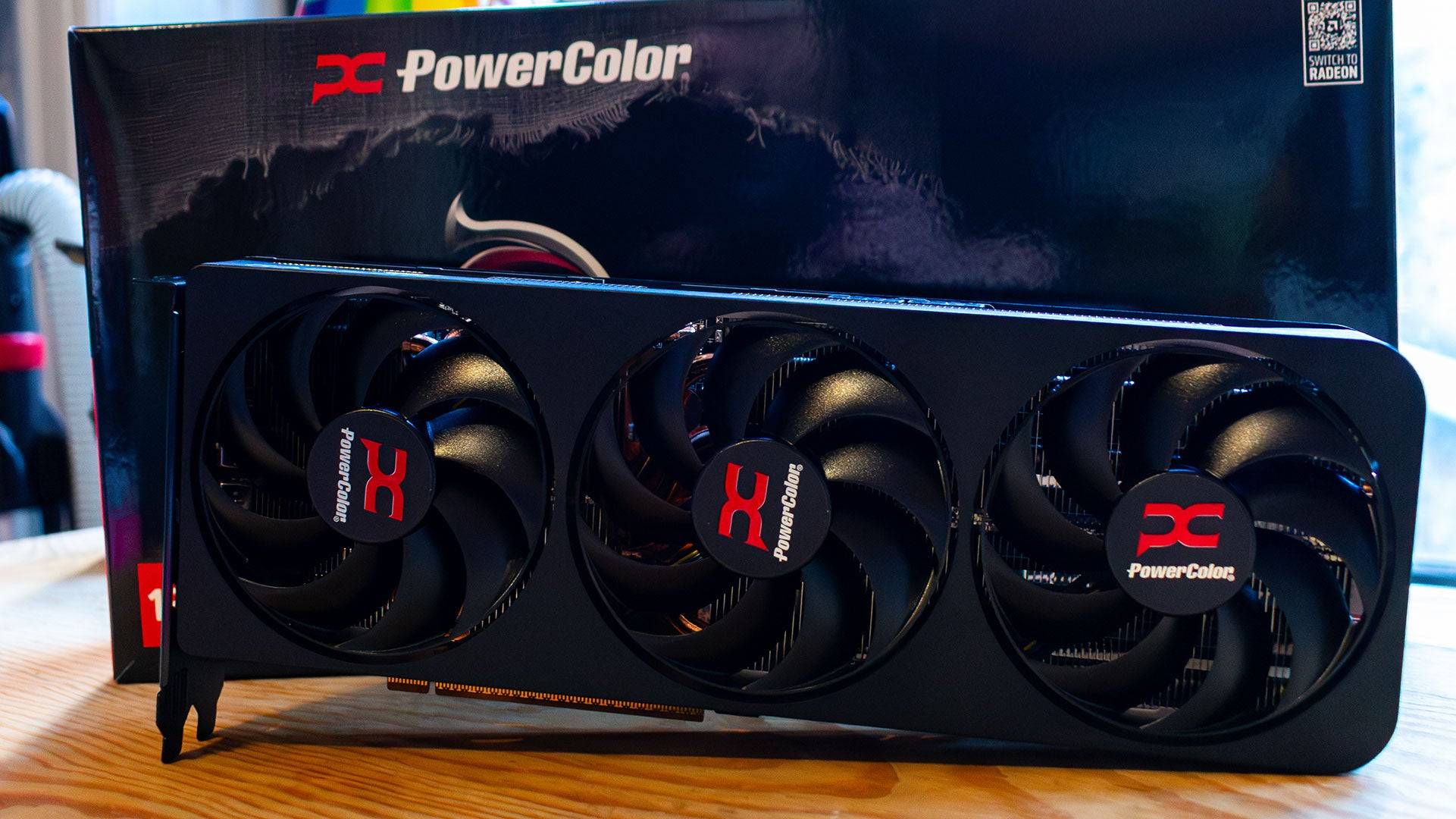 4 Images
4 Images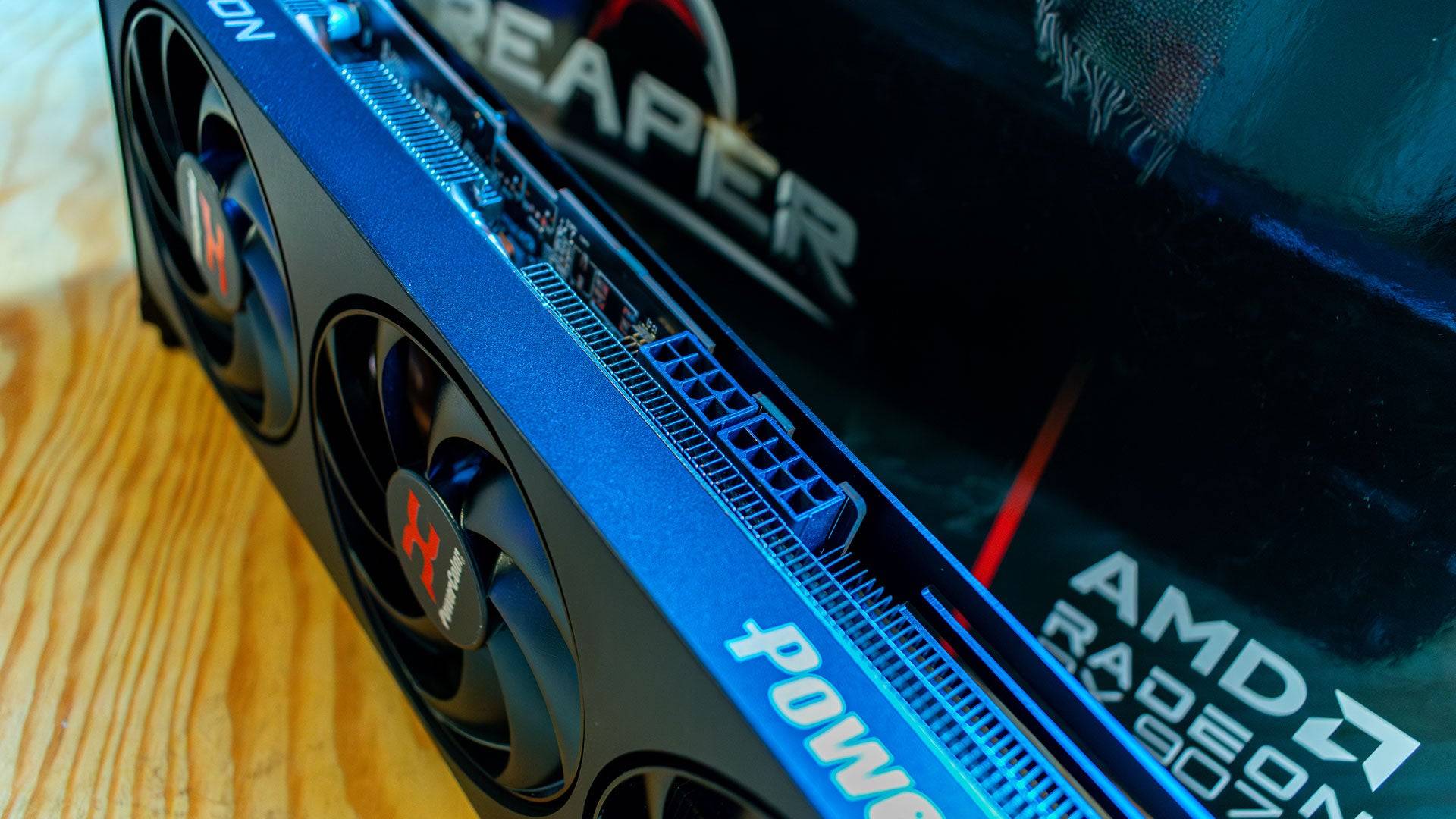
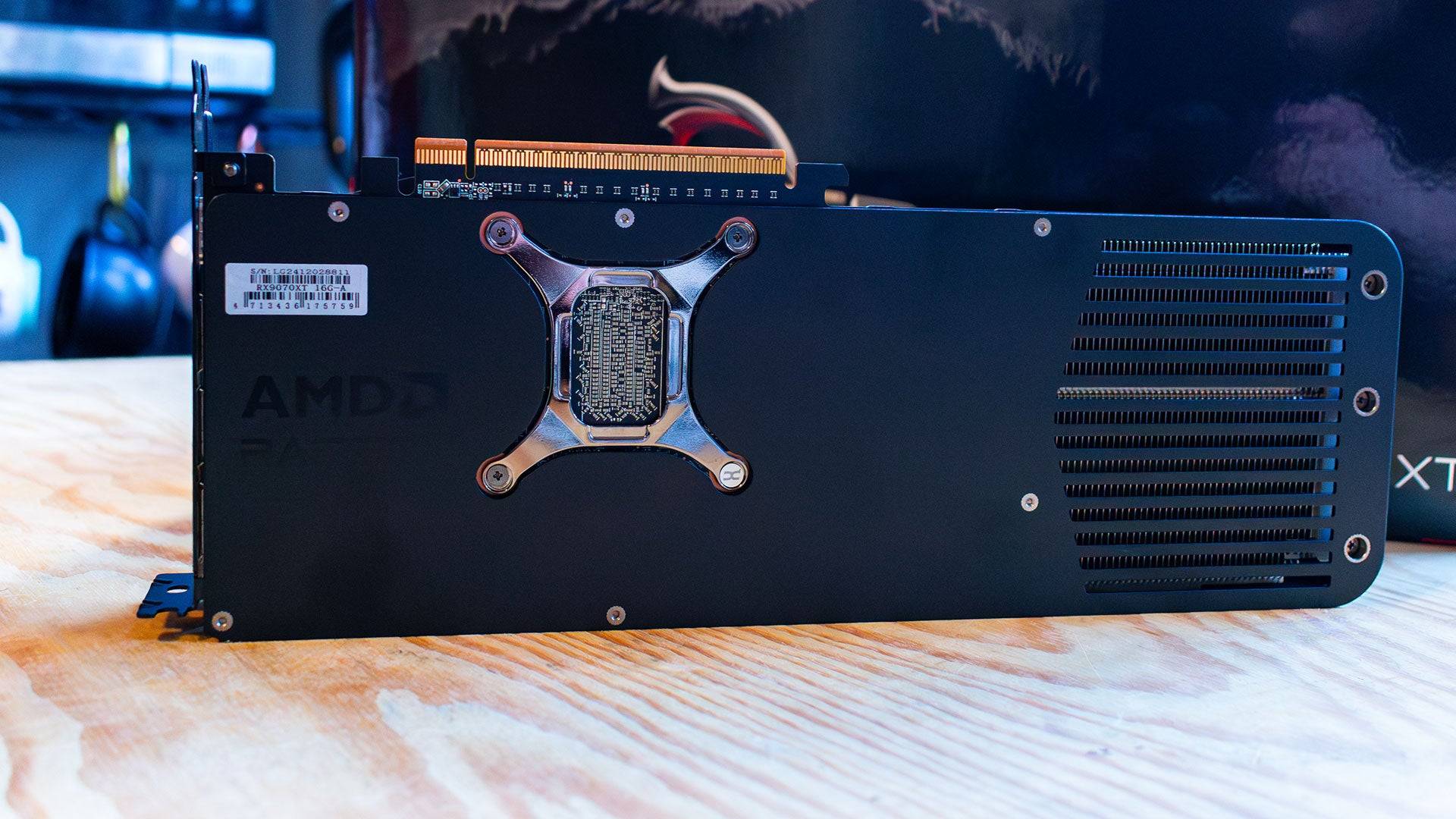
RTX 5070 Ti vs. RX 9070 XT: Specs
Comparing graphics cards with different architectures can be tricky. Nvidia's CUDA cores and AMD's Shading Units serve similar functions, but direct comparisons are not straightforward due to their inherent differences.
The AMD Radeon RX 9070 XT features 64 RDNA 4 compute units, each with 64 shader units, totaling 4,096. Additionally, each compute unit includes two AI Accelerators and one RT Accelerator, summing up to 128 and 64, respectively. It's equipped with 16GB of GDDR6 memory on a 256-bit bus, which is ample for current games but might be challenged by future 4K titles.
The Nvidia GeForce RTX 5070 Ti also boasts 16GB of VRAM, but it uses the faster GDDR7 on a 256-bit bus, offering higher bandwidth. It's built with 70 Streaming Multiprocessors, containing 8,960 CUDA Cores. This is twice the number of Shader Units per Compute Unit compared to AMD, a trend Nvidia started with the RTX 3080. However, this doesn't necessarily translate to double the performance.
Winner: Nvidia GeForce RTX 5070 Ti
AMD Radeon RX 9070 XT & 9070 – Benchmarks
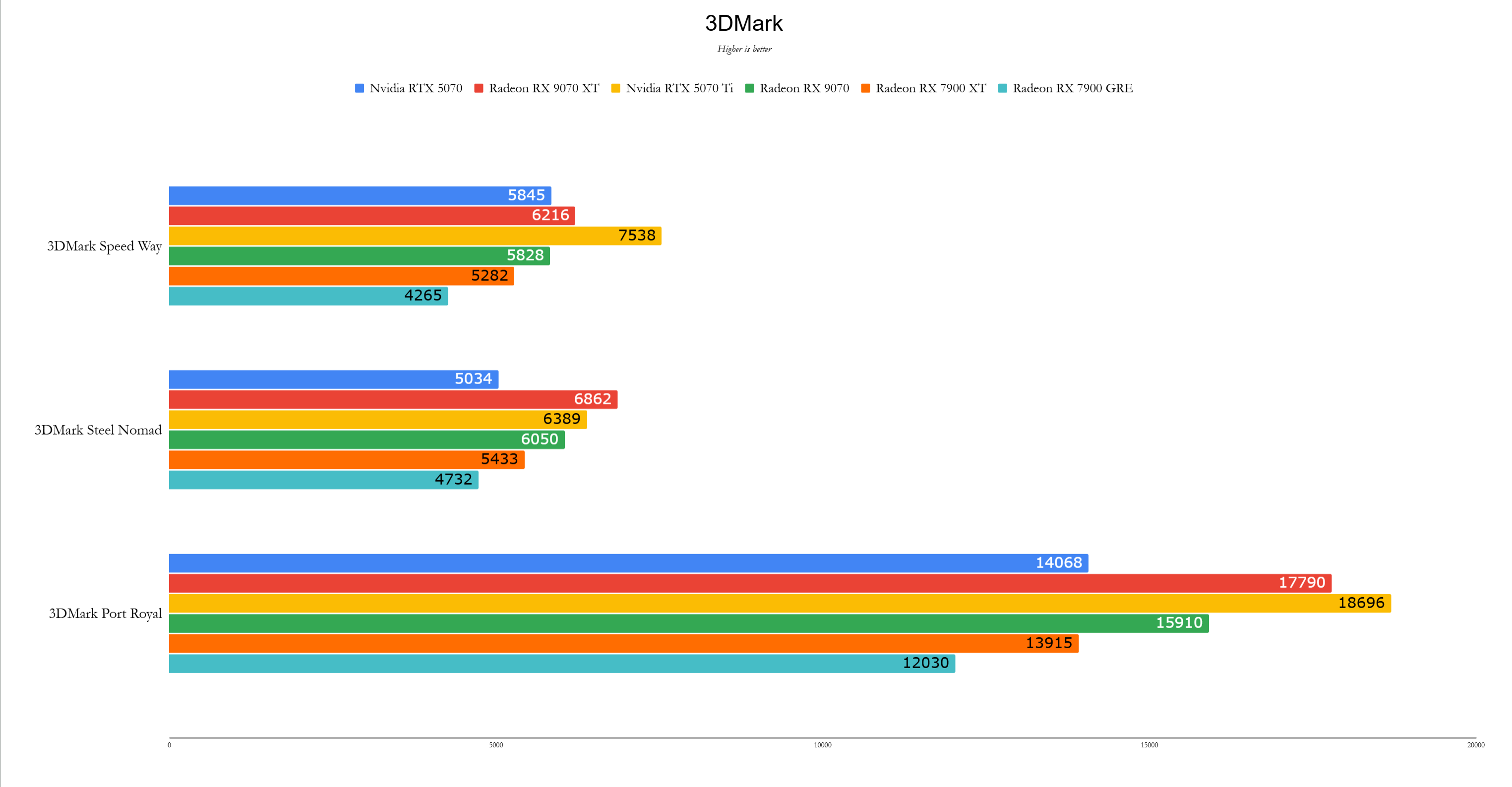
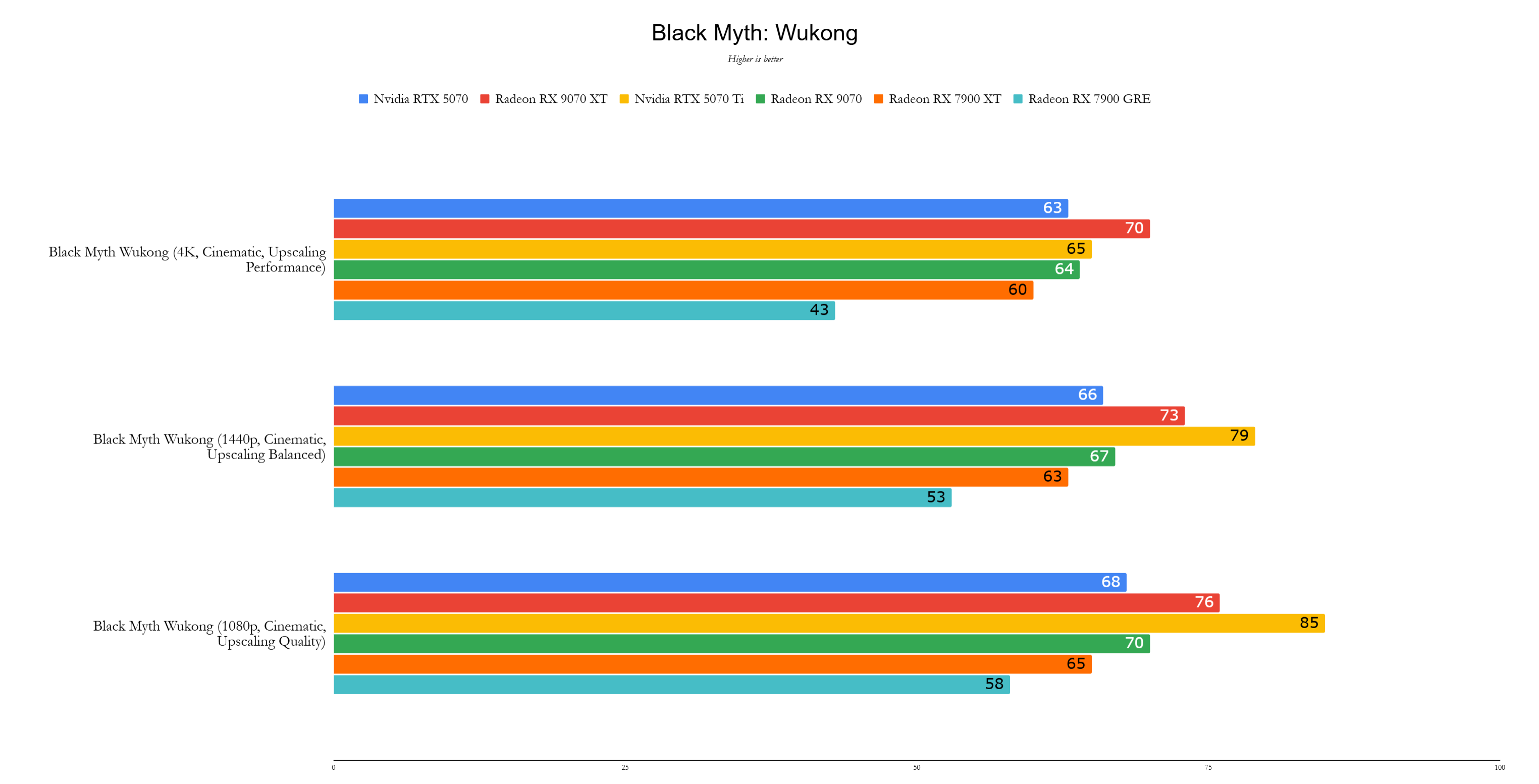 11 Images
11 Images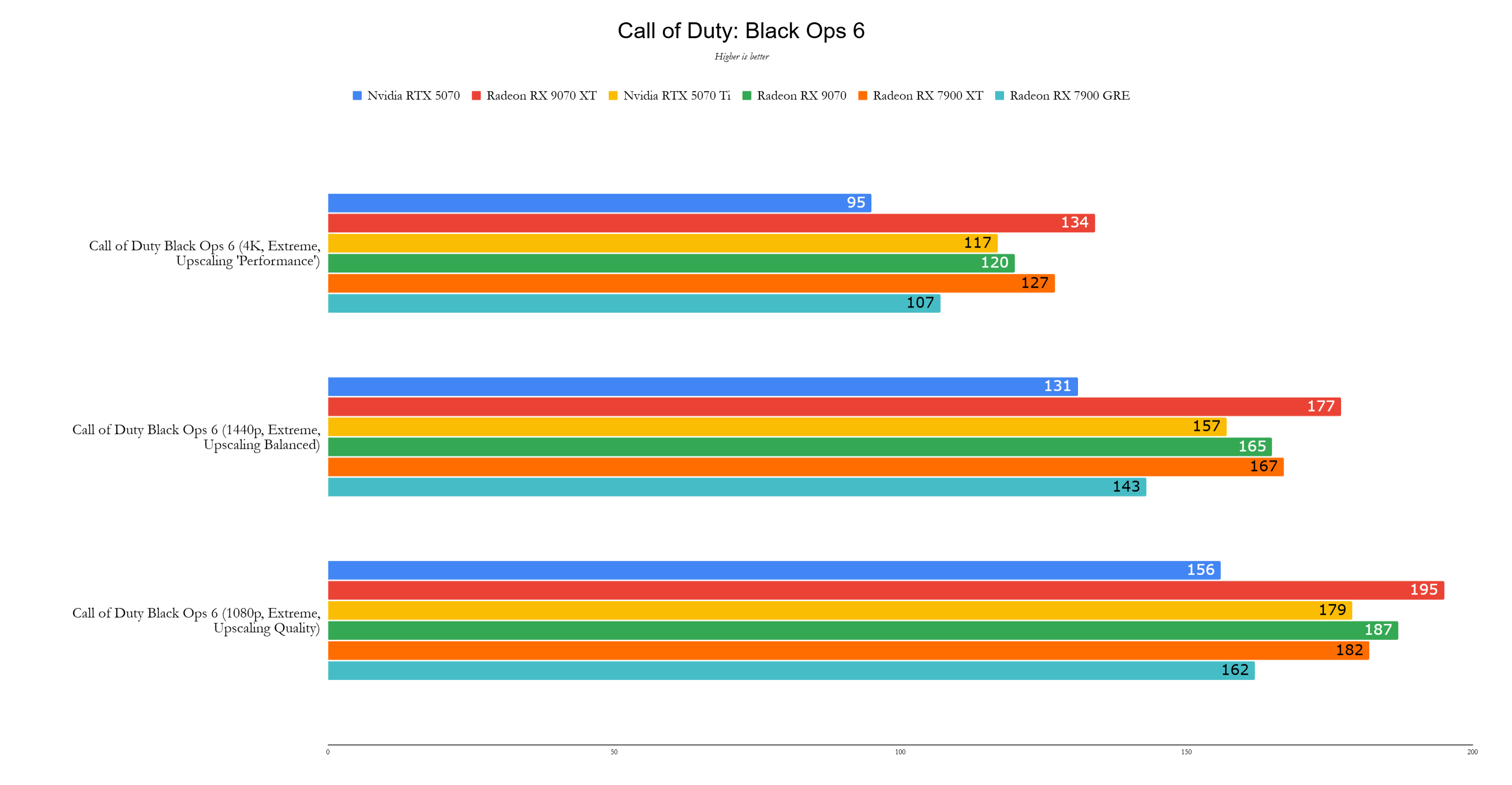
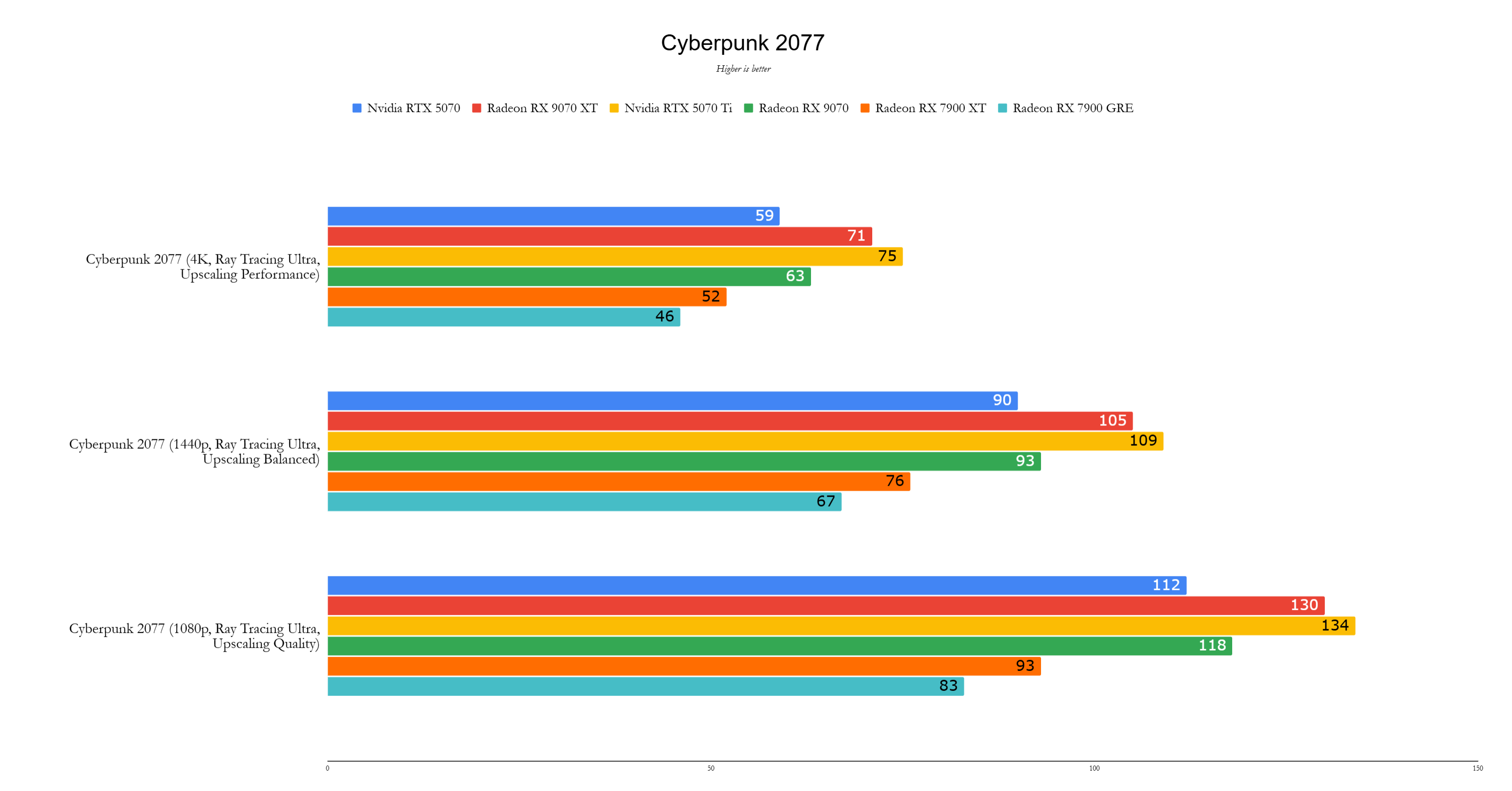
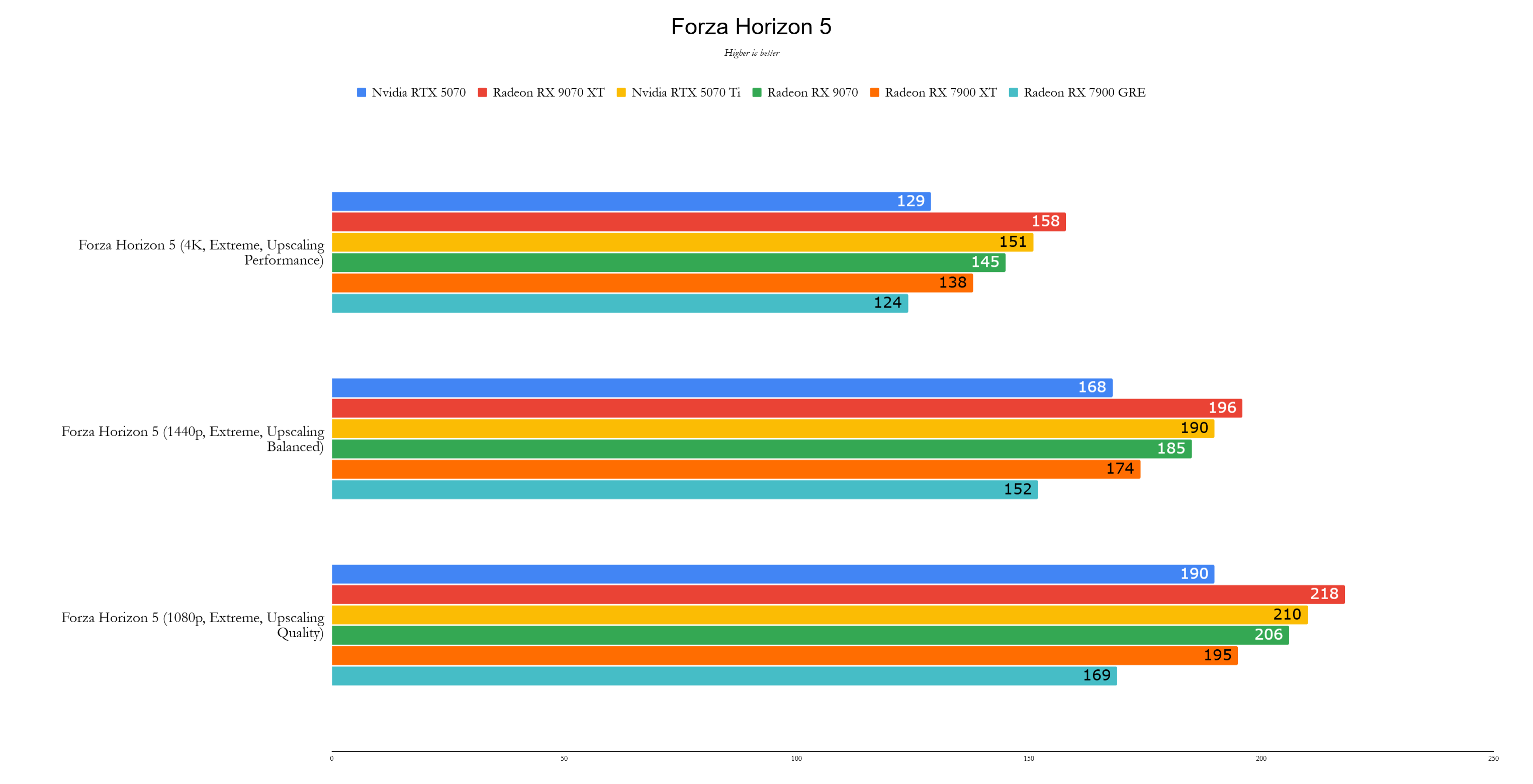
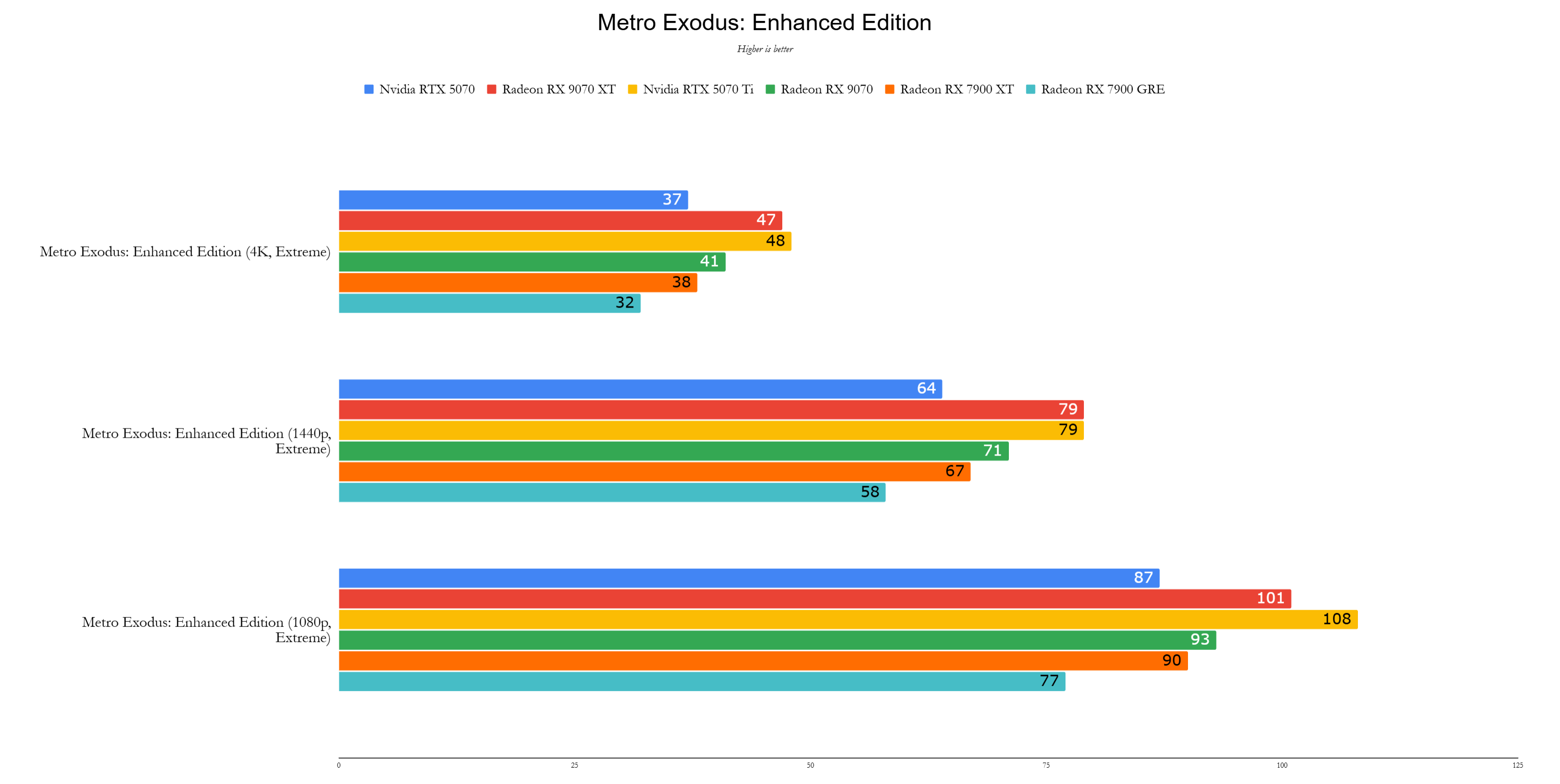
RTX 5070 Ti vs. RX 9070 XT: Performance
Despite the RTX 5070 Ti's impressive specs, real-world performance shows both cards are neck-and-neck. They're excellent choices for 4K gaming and top contenders for 1440p enthusiasts.
In my review of the AMD Radeon RX 9070 XT, I anticipated it would lag behind the RTX 5070 Ti, especially in ray tracing-heavy games. Surprisingly, it held its ground, staying close to the RTX 5070 Ti's performance in titles like Cyberpunk 2077.
There are instances where the RTX 5070 Ti outperforms, such as in Total War: Warhammer 3, achieving 87fps at 4K versus the RX 9070 XT's 76fps. Yet, the RX 9070 XT averaged 2% faster overall, a significant achievement given its 21% lower cost.
Winner: AMD Radeon RX 9070 XT
Nvidia GeForce RTX 5070 Ti – Photos
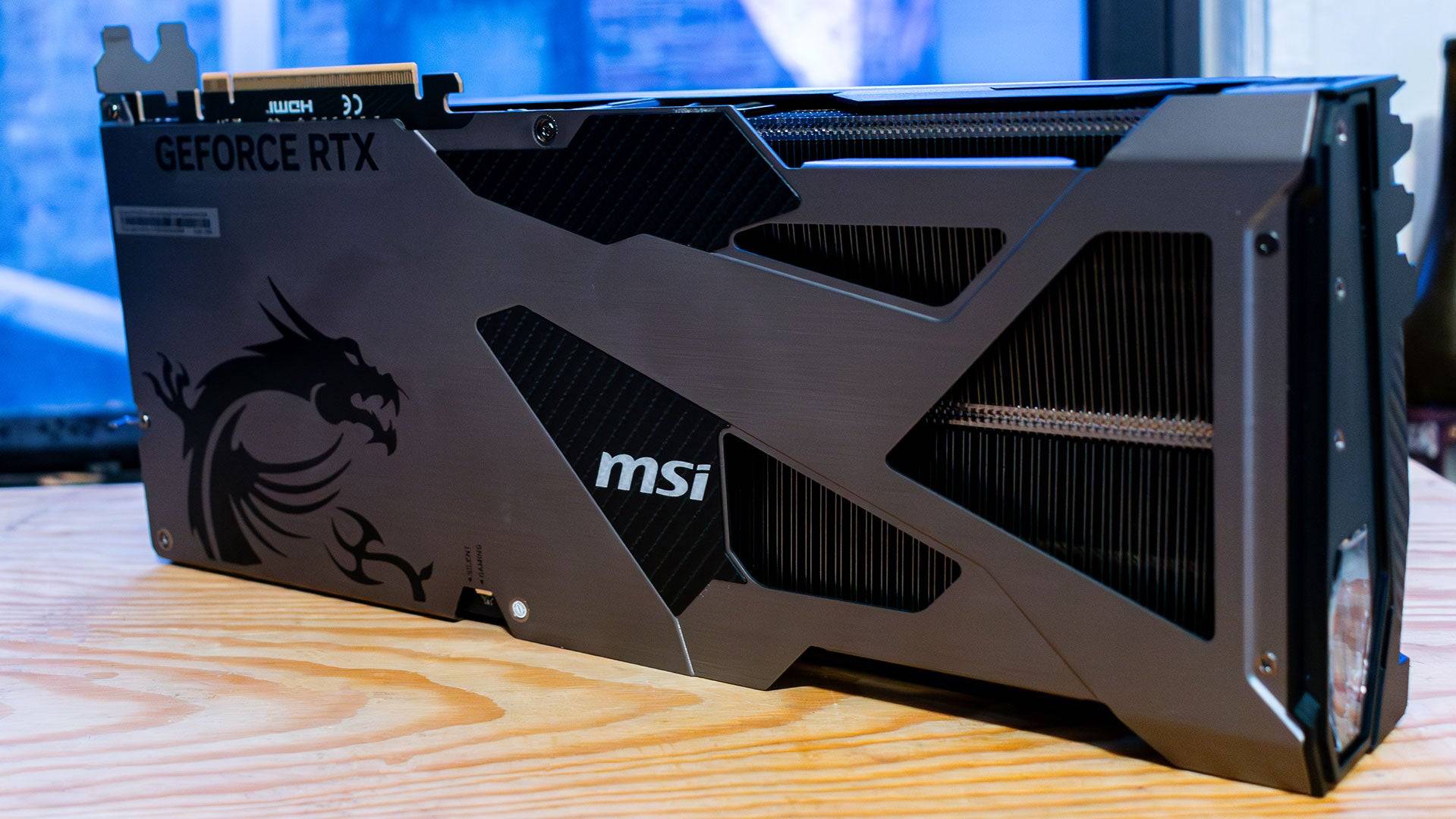
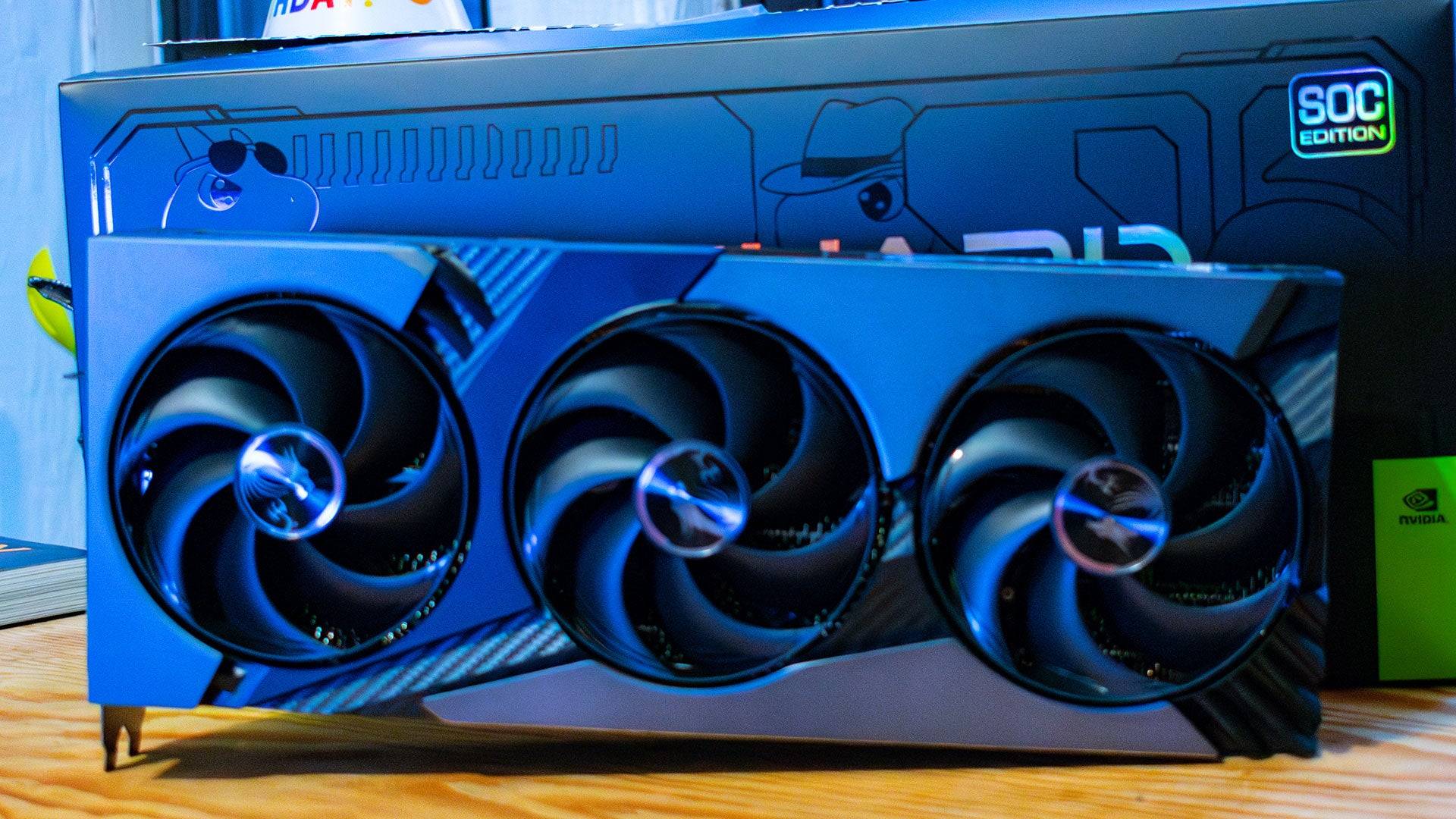 6 Images
6 Images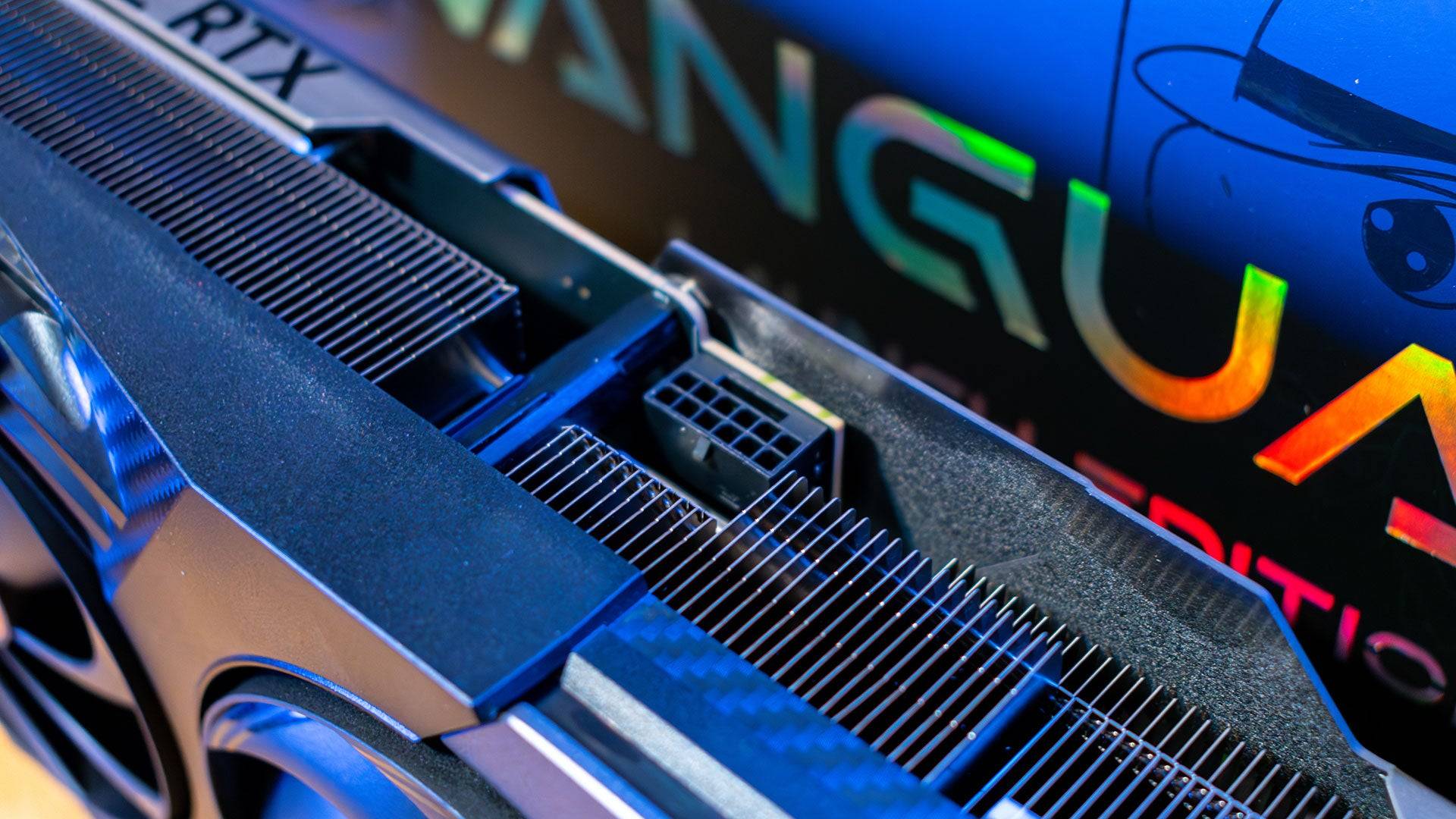
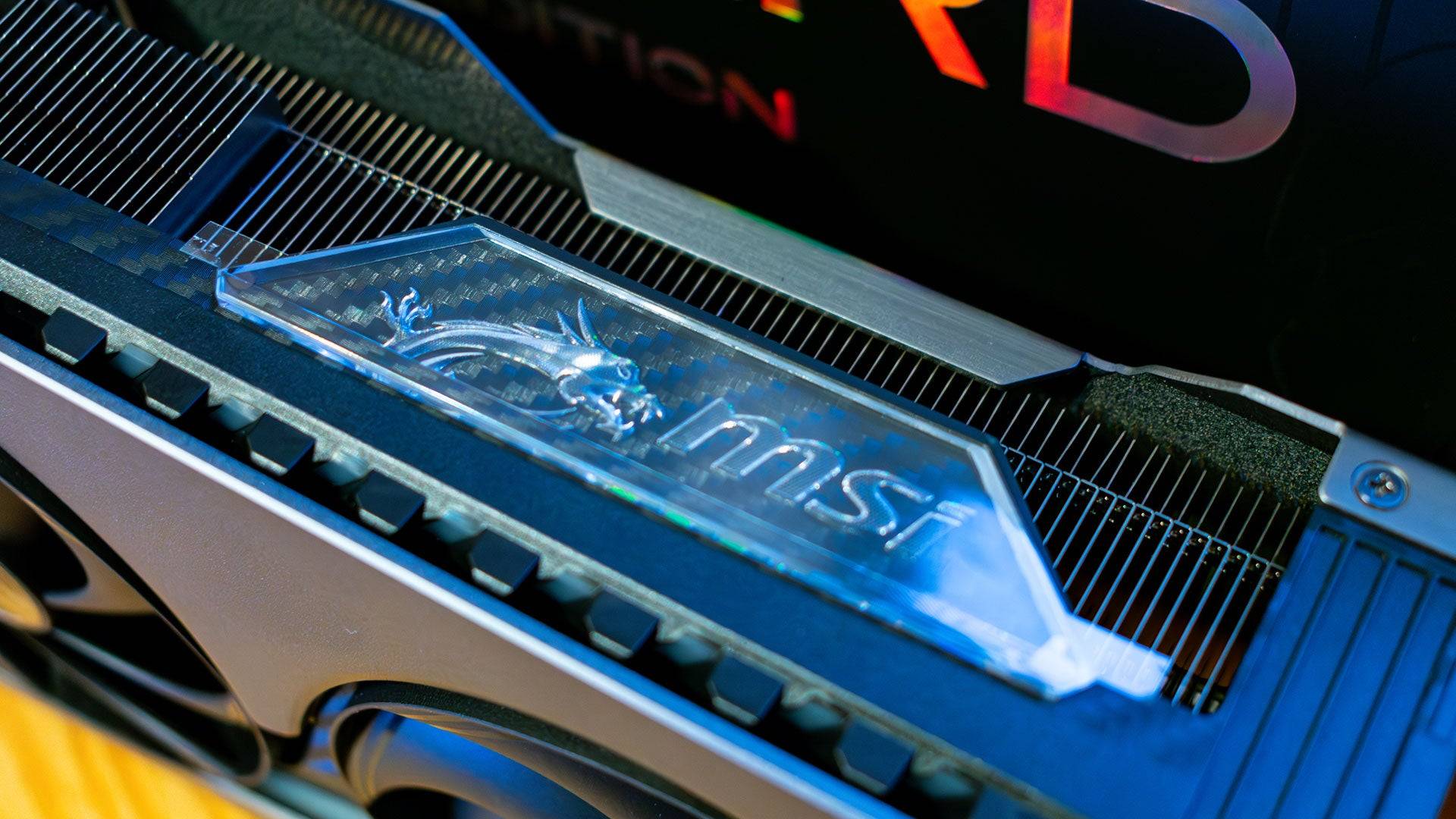
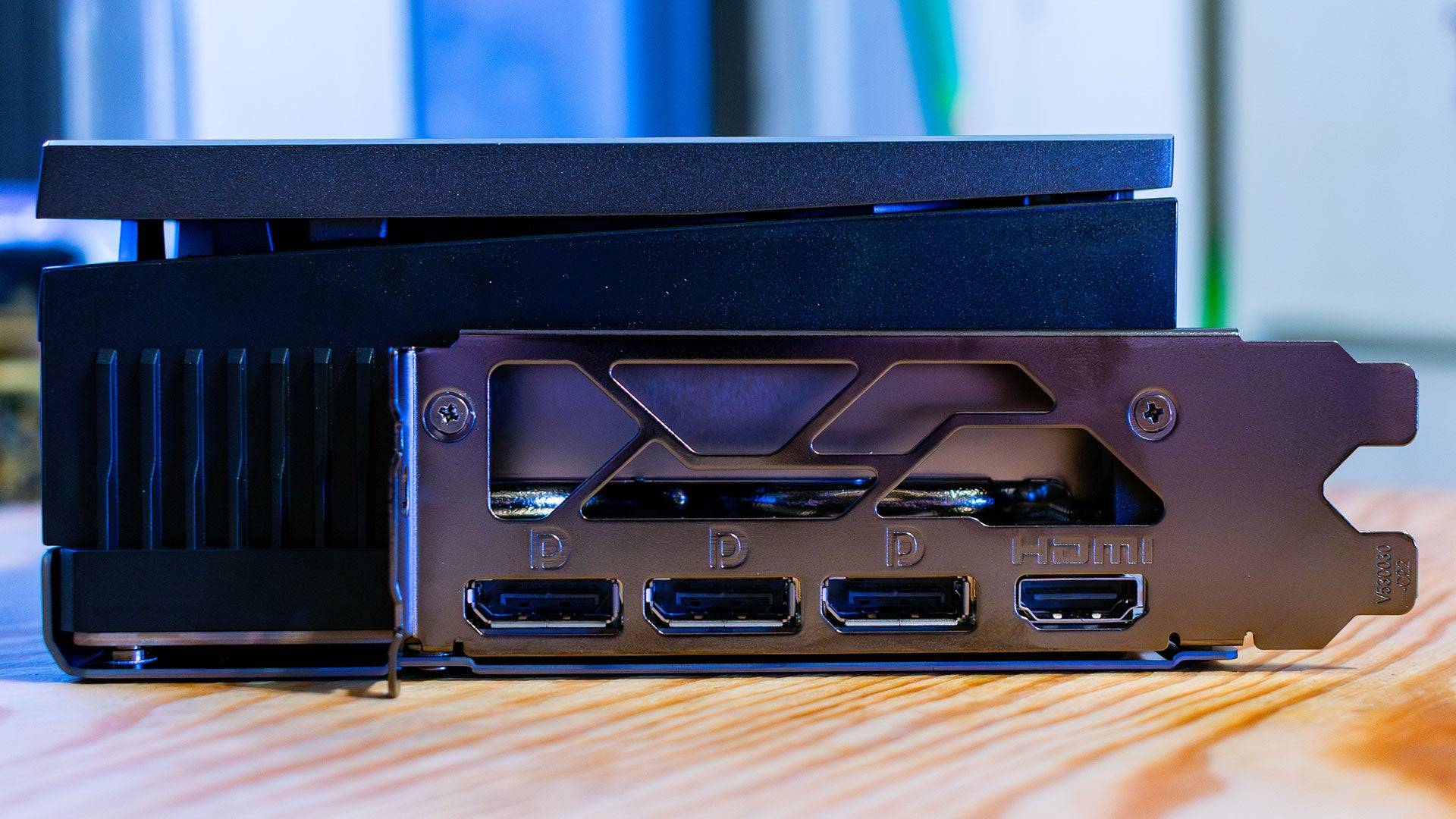

RTX 5070 Ti vs. RX 9070 XT: Software and Features
Choosing a graphics card isn't just about hardware anymore. Both Nvidia and AMD offer a range of software features that enhance the card's capabilities.
The Nvidia RTX 5070 Ti stands out with its DLSS suite, including AI upscaling and Frame Generation. With DLSS 4, Nvidia introduces multi-frame generation, capable of producing three AI-generated frames for each rendered frame, significantly boosting frame rates, albeit with a slight latency increase mitigated by Nvidia Reflex. This feature is best utilized with a solid baseline frame rate of at least 45fps, ideally over 60fps.
AMD's RX 9070 XT also supports Frame Generation, but it's limited to one interpolated frame per rendered frame. The key advancement is FSR 4, which introduces AI upscaling to AMD cards for the first time. Previously, FSR relied on temporal upscaling, but FSR 4 uses the Radeon RX 9070 XT's AI accelerators for machine learning-based upscaling, akin to DLSS since 2018. This method offers sharper images, though it's not as fast as FSR 4. Keep in mind, this is AMD's first foray into AI upscaling, while Nvidia has been refining DLSS for seven years.
Winner: Nvidia GeForce RTX 5070 Ti
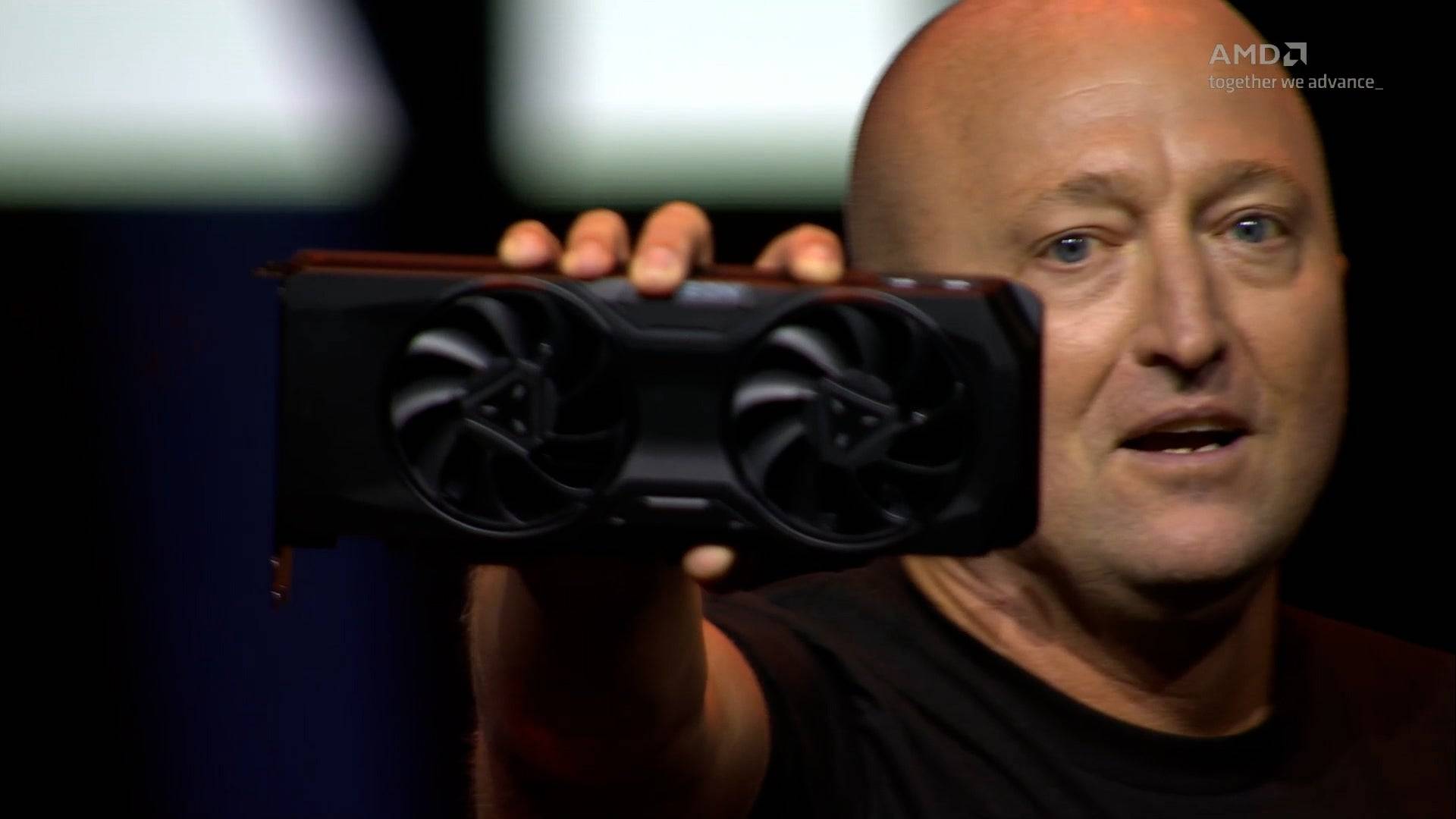
RTX 5070 Ti vs. RX 9070 XT: Price
GPU pricing is a contentious issue, with new generation cards often sold out and prices inflated. Both Nvidia and AMD set suggested retail prices, but retailers and third-party manufacturers can set their own. We hope prices will eventually stabilize closer to MSRP as supply meets demand.
At launch, the AMD Radeon RX 9070 XT is a standout at $599, delivering exceptional 4K performance with FSR 4 AI upscaling. This pricing harks back to when flagship cards launched at more reasonable prices, before Nvidia's gradual price increases starting with the RTX 2080 Ti.
In contrast, the Nvidia RTX 5070 Ti, despite its competitive performance, starts at $749, a $150 premium over the RX 9070 XT. The additional cost might be justified by features like Multi-Frame Generation, but its value depends on your gaming needs and the titles you play.
Winner: AMD Radeon RX 9070 XT
The Winner Is… the AMD Radeon RX 9070 XT
Both the AMD Radeon RX 9070 XT and Nvidia GeForce RTX 5070 Ti are stellar choices for high-end 1440p and 4K gaming. However, the RX 9070 XT's ability to deliver comparable performance at a significantly lower price makes it the clear winner. If prices return to normal, the value proposition of the RX 9070 XT is unbeatable.
For those building a gaming PC aimed at high-end 1440p or 4K gaming, the AMD Radeon RX 9070 XT is currently the best option on the market. While it lacks multi-frame generation, this feature is less critical for most gamers without high-refresh 4K monitors.







